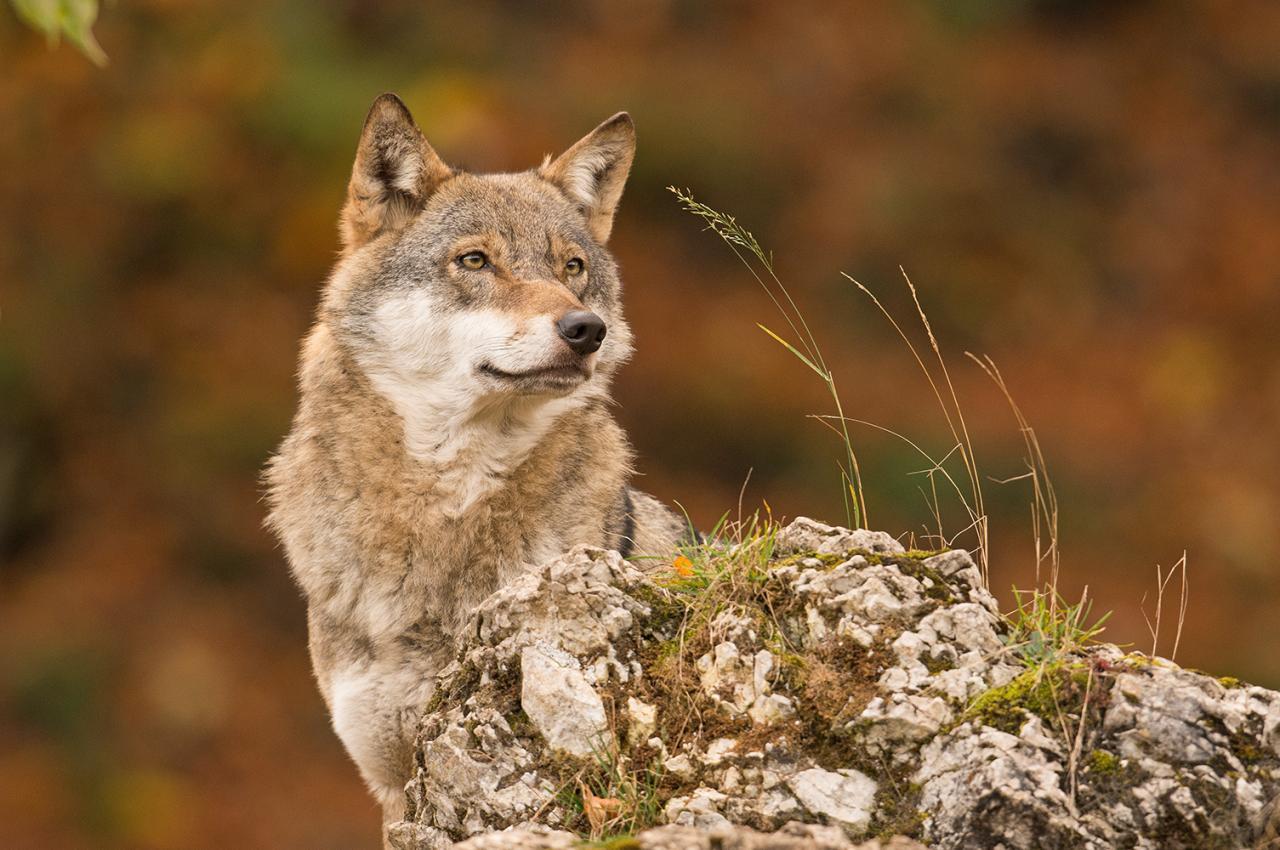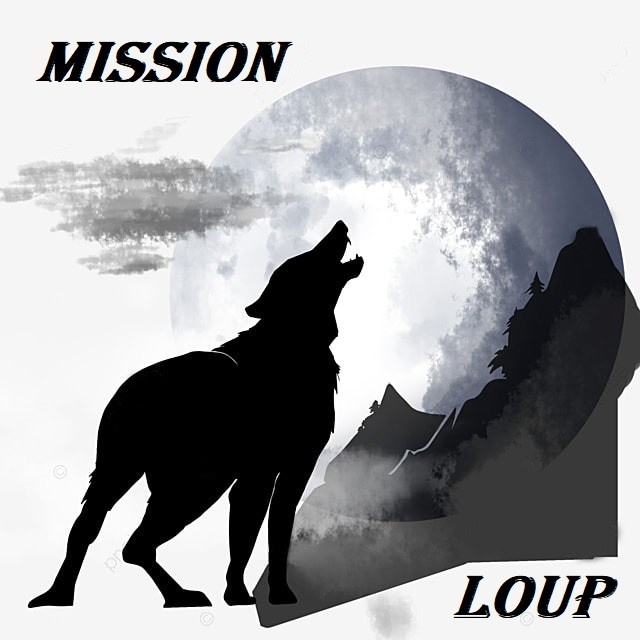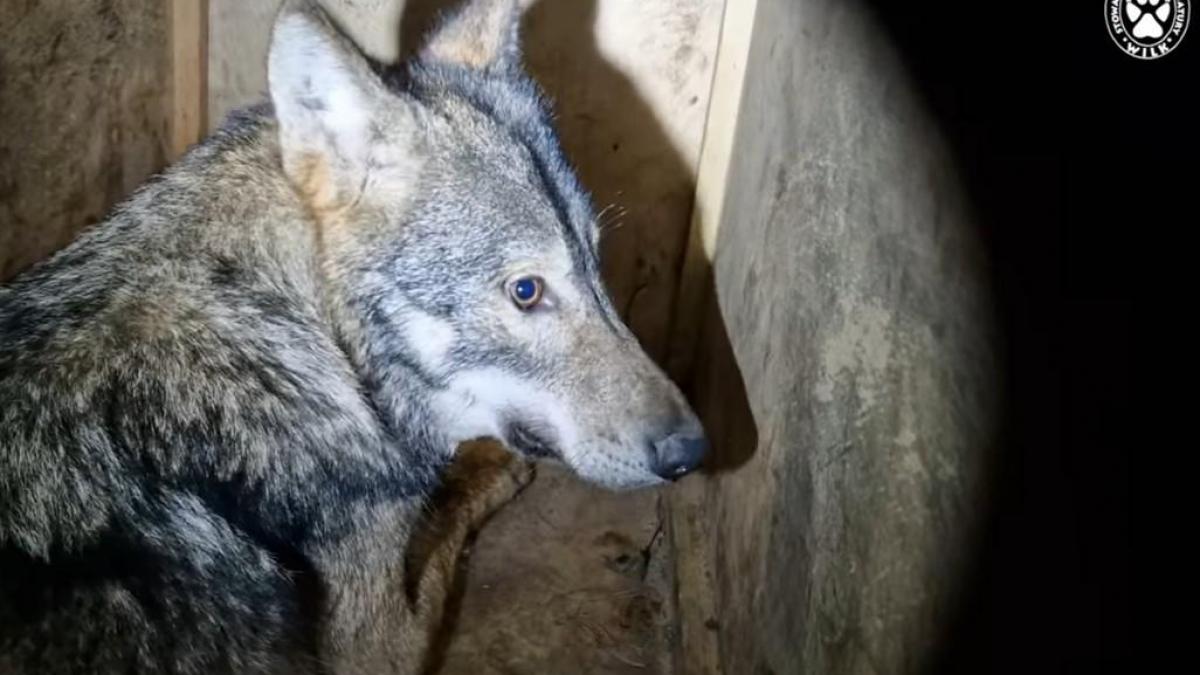In Switzerland, the two official means of protection are electrified fences (height, voltage) and guardian dogs. These determine whether the herd is protected or not, leading to authorization to kill a wolf. Of course, there are others, such as shepherds (an age-old and indispensable profession), fladrys (1) and foxlights (2). Some breeders have tried using the radio to simulate the presence of humans or the droppings of other large predators around the fences. The methods are numerous and any idea should be tried.
As far as fences are concerned, they were originally used to group animals together and prevent them from wandering off or running away. It was a question of safety, to avoid accidents. The aim of electrified fencing (min. 3000 volts) as a protective method is to cause more or less severe pain, but no injury to the predator, through an electrical discharge. All living beings are always affected by a negative experience, above all it is physically painful. This pain should send a message to the wolf that it must not approach or attempt to overstep this boundary. The problem remains, however, that if this technique is used without a guardian dog to repel/stop the attack, and knowing the wolf's adaptability and intelligence, its effectiveness can vary and decrease. As soon as the wolf has managed to find a way in, often due to the topography of the mountainous terrain (holes, rocks, pebbles, irregularities), its famous "Surplus Killing" instinct kicks in, with nothing to stop it, the result is quite horrific - carnage. And it's clear that, once he's found a way to divert it, the fence will no longer fulfil its role effectively and will have to be supplemented, notably by the presence of guardian dogs or human reinforcements (civil servants, associations). By the following season, the farmer will need to have modified his protection methods, otherwise the killings will resume with similar consequences.
The guardian dog is one of the best means of protection. The dog's presence can challenge the wolf, repel it, and put a worthy and mobile adversary in its path. The dog will therefore move towards the wolf, scaring it away, while returning to the herd to ensure continuity of protection. If he were to chase the wolf for miles, leaving the herd alone, this would allow other wolves to attack in his absence, when several individuals or packs are present. Indeed, wolves often opt for the "scouting" method when they are in large numbers or in a pack and the sheep are free : one or two individuals approach, capture the dog's attention and pull it out of the herd, enabling other individuals to attack from another angle. When it comes to protection with guardian dogs, the number of dogs in the herd is an undeniable factor in the effectiveness of the protection. In Abruzzo and other regions where wolves have always been present, and where protection is a matter of cultural and generational tradition, guardian dogs are used in packs to counter those of wolves. This is, after all, quite logical, as wolf packs are also measured by their numbers, avoiding conflict with others with the same or larger workforce.
For a protection measure to be effective, a number of parameters must have been studied and taken into account beforehand. We're talking here about the species to be protected, the type of farming applied, the environment, the topography, the presence or absence of humans who may intervene (shepherds, civilists) or tourists, the farmer's wishes and possibilities, the laws in force (agricultural, forestry, animal welfare, hunting, etc.), the number of wolves, wolf numbers, and so on. You now understand that it's impossible to apply the same measures everywhere, 100% uniformly, without evaluating, questioning or modifying anything. And when protective measures are put in place, they must be constantly re-evaluated, in the light of other evolving factors, such as the number of wolves in the pack, changes in the workforce, how the pack functions, the management of a pack of guardian dogs (heat, conflicts, introduction of new members, disease, inexperience, etc.), the management of dogs within the pack), animal management within the herd (mix of breeds, fragmentation of groups), the different grazing areas crossed during the estivation (variations in environment, soils, visibility), the shepherd's state of health (fatigue, pressure between start and finish), etc.
As a result, it's very difficult to assess the effectiveness of one or more means of protection only on the basis of the number of losses incurred ! Especially if comparisons are made between years, regions or countries, without taking into account all these factors and their evolution. It's also complicated to assess, with any certainty, the reason for an increase or decrease in attacks from one year to the next, as there can be so many variations, modifications and factors that we don't always take into account, that we don't know about (poaching) or that aren't mentioned (increase in protection during the season, from one year to the next). It is therefore totally inappropriate, and even simplistic, to assert that an increase in one year is due only to a failure of the protective methods, the reality is far more complex !
It's vital to understand one essential point : in nature, everything is evolutionary, constantly changing. It is therefore impossible to put in place a measure, in relation to living being, and think that it will last or be effective over the long term or forever - it's a total utopia. Any measure applied, including protection measures, must therefore be constantly re-evaluated, over the course of weeks, months and years. Many factors will undeniably change, requiring us to reconsider, adapt, evolve and modify, as nature and life work.
If we're talking about the main actor in this plot, the predator, we also need to understand that each individual has his own character, personality, upbringing and experience (learning). What works with one may not work with another. The same reasoning applies to a pack which, like human families, has its own organization, functioning and communication, and will undergo a number of changes within itself (individuals, reproductive members) over the months and years. A pack that puts on strong pressure one season may behave very differently the following summer. This depends on a variety of factors, such as changes in the pack's numbers (reproductive member death, no litter, etc.), human pressure, regulation, etc. It is therefore absolutely imperative to know the wolf and the pack(s) present on the territories, to follow them in depth but above all to interpret all the data collected in the field, and not just compile them, as is currently the case in some places. It's an anchor point, which means that even if some people are opposed to it, we'll always have to communicate, exchange knowledge between wolf specialists, who have been studying the wolf for decades, and the pastoral world, with their knowledge, practices, experience, etc.
Coming soon: the effectiveness of protection - part 2
Dictionary
(1) Fladry: colored ribbons placed along the entire length of the fence, spaced out and floating. Their floating movements are designed to frighten the wolf.
(2) Foxlight: lights suspended from fences, flashing irregularly to mislead the wolf of any human presence.
References
Kira Cassidy "Wolves at each other door"
Federal Office for the Environment - "Support for herd protection enforcement"
Article: TT - Mission Loup
Photo : Mission Loup


